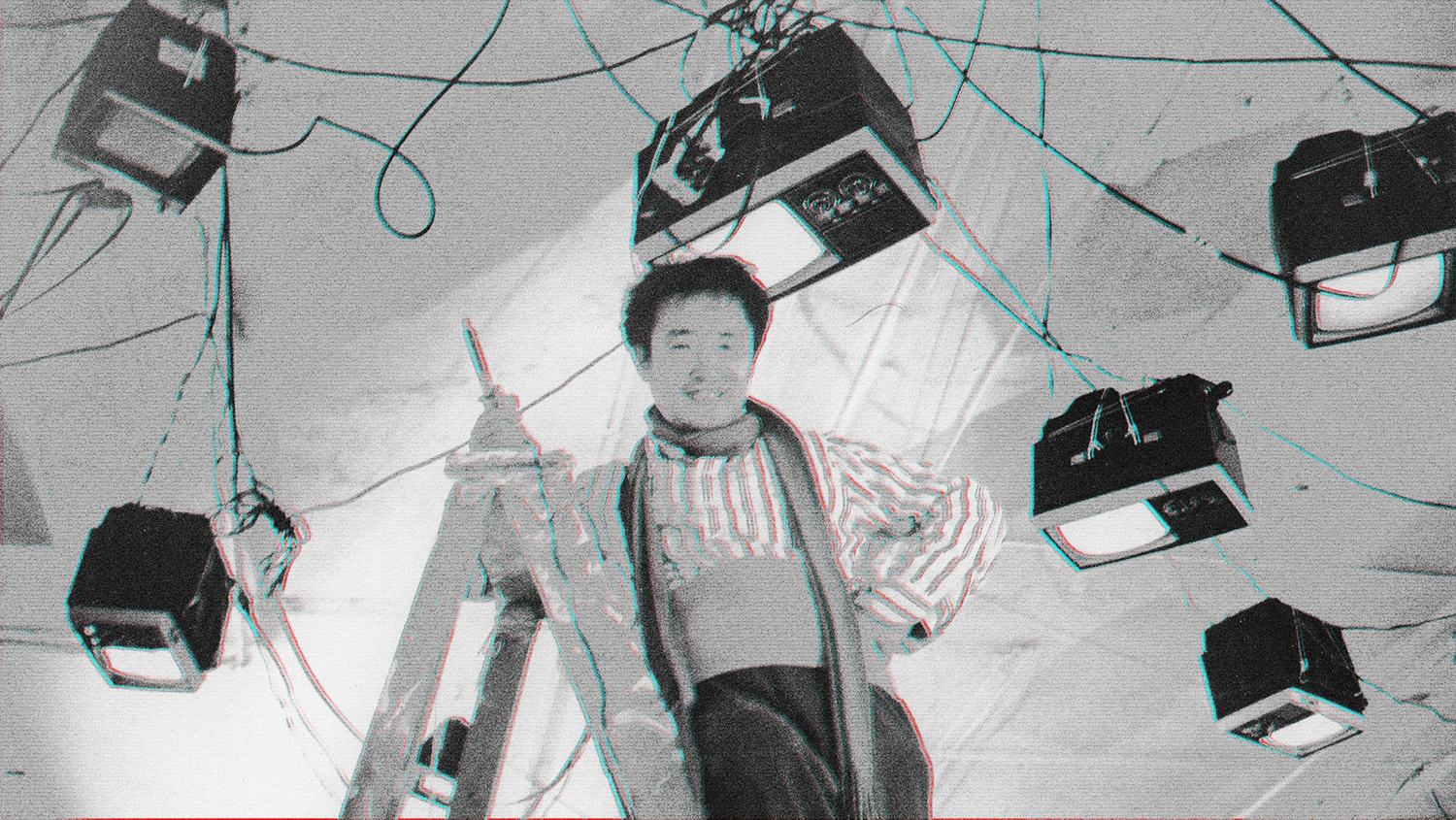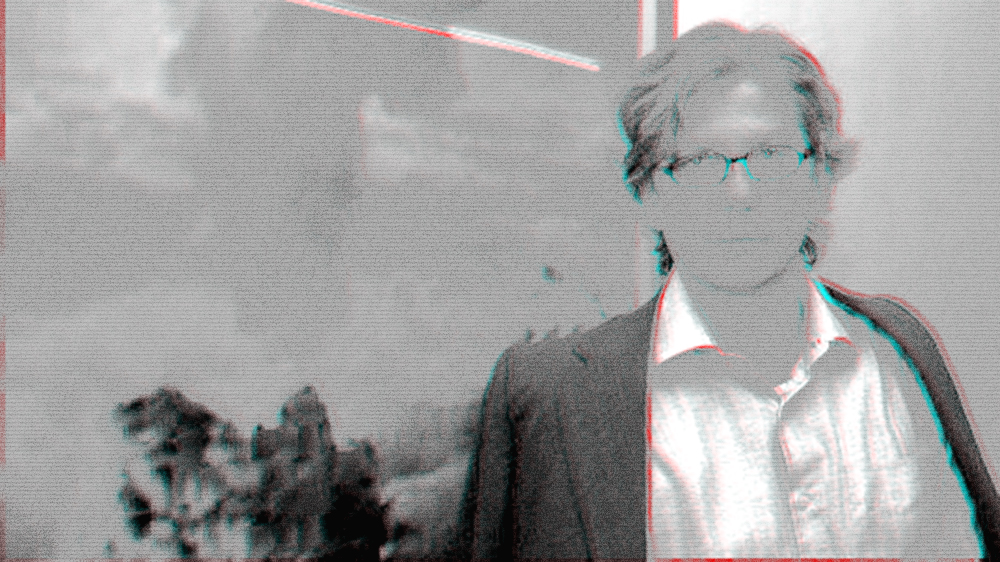Korean-American artist Nam June Paik has been described as the inventor of video art. He surely is the one who first brought a refined artistic sensibility to the use of electronics in artistic production and whose production of conceptual art radically transformed the possibilities available for subsequent generations. In video work, through the use of televisions as sculptures, Paik pushed viewers to contemplate the rapid pace of change driven by technological innovations.

Today we can easily download and enjoy contents from a cloud storage on-line anytime we want. However, in the early 60s, things were totally different. Back then television was a media-fool box, which simply received news programs produced by the government at certain times. The artist believed that the best way to use this media was to communicate with it interactively. He thought that we should hack into its coercive communication with our voice, movements and participation.
In Global Groove (1973) Paik puts together a series of dance and music scenes from various cultures. Beginning with the artist’s introductory statement that “this is a glimpse of a video landscape of tomorrow when you will be able to switch on any TV station on the earth”; the video creates a complex cultural map that transcends national borders. In anticipation of the coming globalization process, Paik makes TV dance and be free instead of being frozen within institutional, political and technological limitations.
TV Buddha (1974) is rightfully regarded as Paik’s most famous and iconic artwork. A seated Buddha sculpture is positioned so that it gazes at a television monitor that displays an image of the Buddha captured through a closed-circuit camera. This work has sometimes been construed as a representation of a collision between an Oriental set of values and the Occidental tendency to assert a primary role for technological innovation. However, when Paik re-exhibited TV Buddha in Cologne, he temporarily took the place of the sculpture; thus denying the validity of that interpretation. The interchangeability of the figurative subject is a key element to understand the real message of this artwork.
The Buddha and Paik’s own presence did not create a participating role but rather described a destabilized element in the closed system of the technology itself; wheter as a living human or an inanimate representation of a divine or semi-divine creature. What is activated aesthetically is the autonomy of the technology as a seeing agent; albeit one that remains unresponsive to any changes taking place in front of it. Paik would certainly have been aware that the role of the Buddha is not so much to exist as an object of worship but to be present as a model of enlightenment; an example of what an individual can become. In other words, TV Buddha represents technology’s desire to achieve enlightenment as if technology was gazing actively, striving to better itself.






